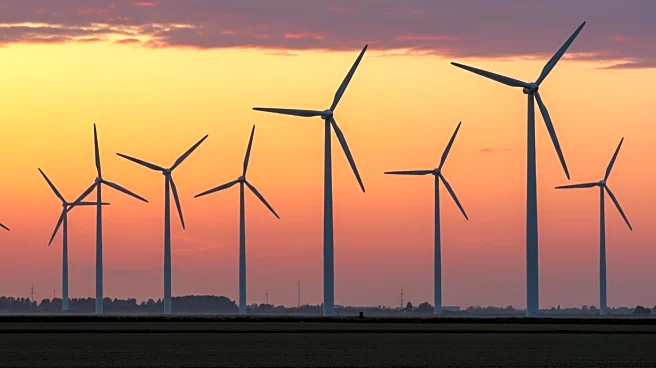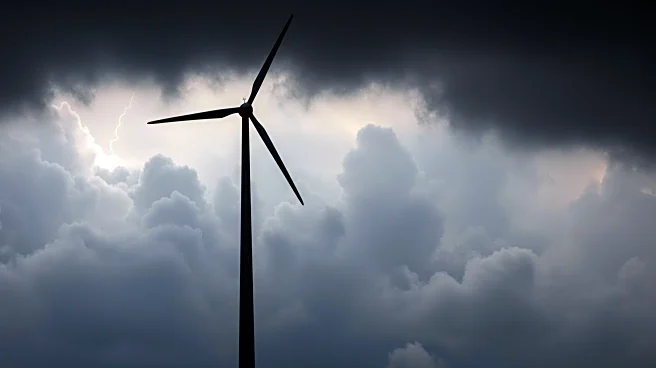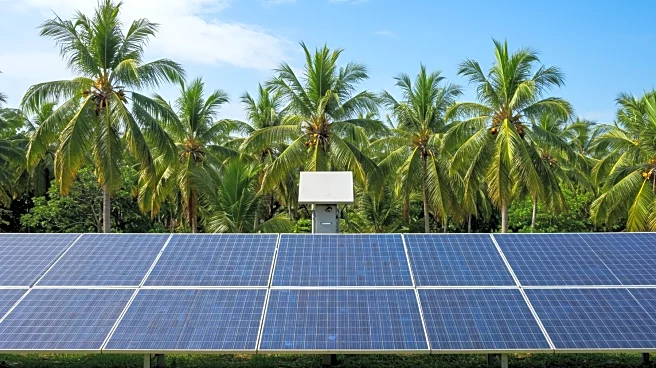Rapid Read • 7 min read
The New Jersey Board of Public Utilities has voted to delay the development of transmission infrastructure for offshore wind energy by 30 months. This decision affects a $1 billion set of upgrades led by Jersey Central Power & Light (JCP&L), intended to facilitate the interconnection of offshore wind energy. The delay is attributed to federal policy uncertainty and the need to protect ratepayers. The Trump administration has taken steps to slow or halt renewable energy projects, impacting New Jersey's first planned offshore wind project, Atlantic Shores 1. Originally expected to deliver power by 2027, the project has faced setbacks, including the revocation of its air permit. Despite these challenges, JCP&L remains committed to working with state regulators and PJM Interconnection to enhance the electric grid.
AD
The delay in the JCP&L offshore wind transmission project highlights the broader challenges facing renewable energy initiatives in the U.S. The Trump administration's opposition to wind energy has created obstacles for states like New Jersey, which aim to meet 100% of their energy needs with clean energy by 2035. This delay could impact the state's ability to achieve its offshore wind goals, potentially affecting economic stakeholders and ratepayers. The decision underscores the tension between federal policies and state-level clean energy ambitions, with potential implications for the future of renewable energy projects across the country.
Following the delay, JCP&L will update agreements with new milestones over the next two and a half years. Future commissioners of the New Jersey Board of Public Utilities will have the opportunity to reevaluate the project's schedule. The delay has sparked criticism from environmental groups, who vow to continue advocating for clean energy initiatives in New Jersey. The project's future will depend on changes in federal policy and leadership, as well as ongoing collaboration between state regulators and utility companies.
AD
More Stories You Might Enjoy










